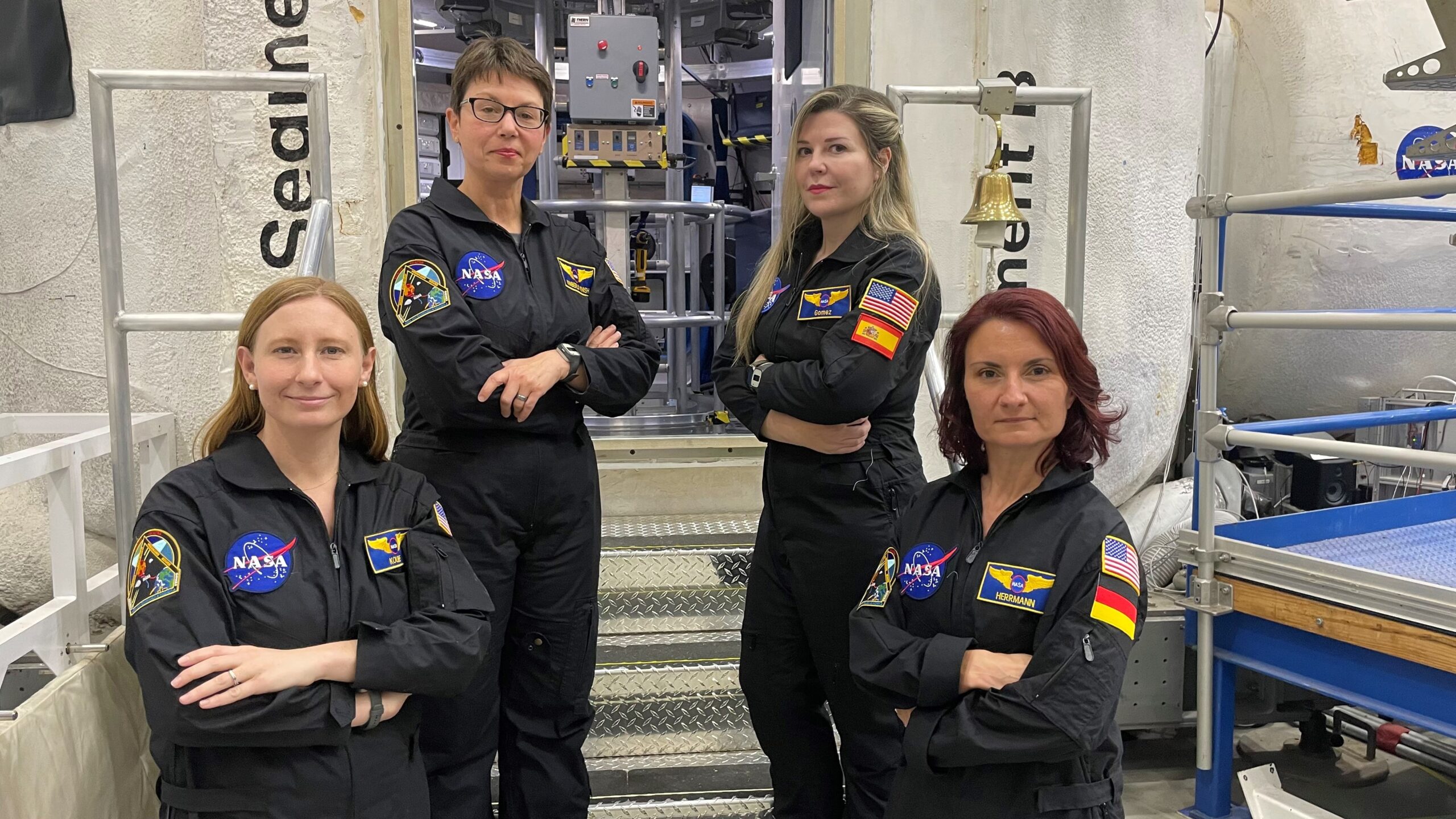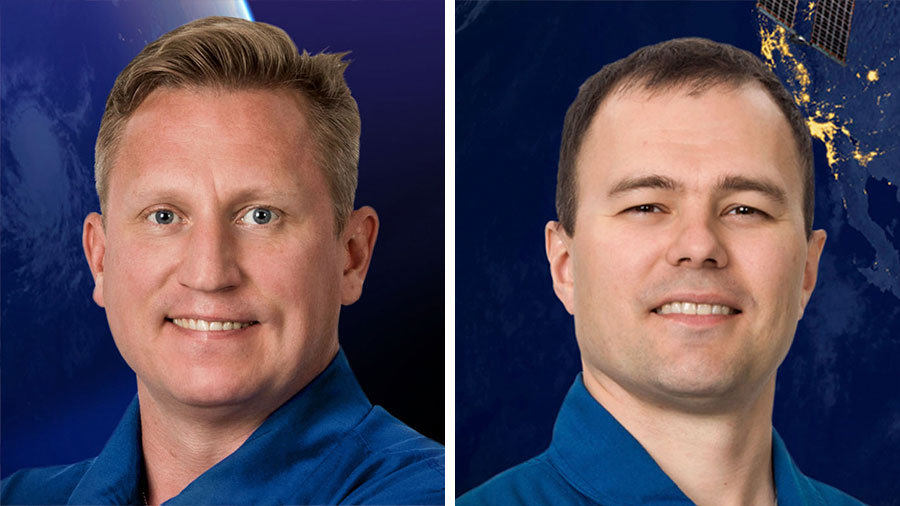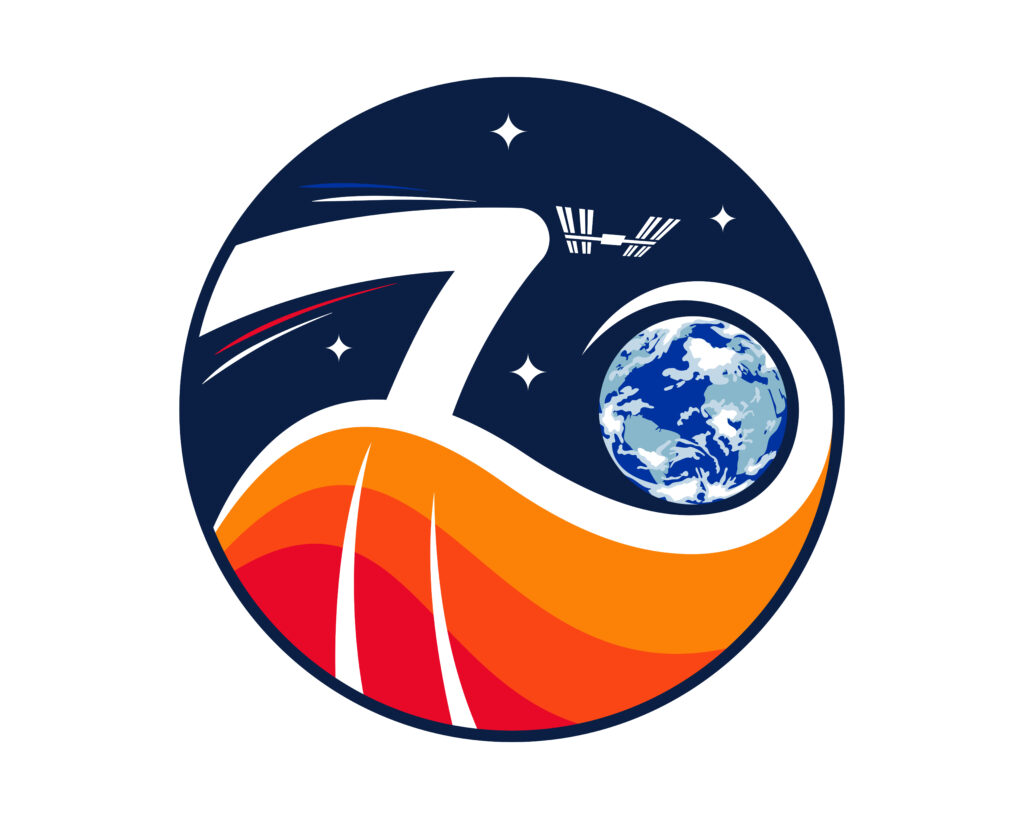
The Expedition 70 crew wrapped up the work week with space biology and pharmaceutical research continuing the ongoing effort to advance health on Earth and in space. Three crewmates are also beginning to turn their attention toward their departure from the International Space Station and ride back to Earth late next week.
The key objective for conducting science experiments in weightlessness is to discover phenomena impossible to achieve in Earth’s gravity environment. The new insights allow researchers to understand how the human body, both physically and mentally, adapts to living in space. With the ever-growing amount of biomedical data acquired from space, doctors can design and test new therapies to treat space-caused and even Earthbound conditions.
Heart research was on the schedule on Friday as NASA Flight Engineer Matthew Dominick operated the Ultrasound 2 device and scanned the chest of NASA Flight Engineer Mike Barratt. Barratt also wore electrodes, measured his blood pressure, and collected his blood and urine samples for analysis. The cardiac study is part of the CIPHER suite of 14 human research studies, one of which explores cardiovascular health risk in space.
Earlier, Dominick pedaled on an exercise cycle while attached to sensors for the Cardiobreath study that assesses an astronaut’s heart activity, breathing, and blood pressure regulation. Barratt worked in the Harmony module processing protein crystal samples inside a portable glovebag to learn how to generate personalized medicines in space for astronauts.
NASA astronauts Loral O’Hara and Tracy C. Dyson took turns on Friday feeding mice and cleaning their habitat for an investigation testing a gene therapy to improve eye health in space. NASA Flight Engineer Jeanette Epps began her day with Barratt collecting and stowing saliva samples for later analysis. Epps later exercised on the advanced resistive exercise device and treadmill before taking the rest of the day off.
Roscosmos cosmonaut Oleg Novitskiy and Belarus spaceflight participant Marina Vasilevskaya along with O’Hara will return to Earth on April 6 inside the Soyuz MS-24 spacecraft. The trio teamed up Friday afternoon and performed air and pressure leak checks on the Sokol suits they will wear when they parachute to a landing in Kazakhstan inside their Soyuz crew ship.
Cosmonauts Oleg Kononenko and Nikolai Chub will continue their stay aboard the orbital outpost until early fall accumulating just over one year in space. In the meantime, on Friday, the pair explored the biochemistry of the human body in space and how magnetic and electrical fields affect fluid physics. Kononenko also updated Soyuz spacecraft data files while Chub checked the Zvezda service module’s power supply system.




